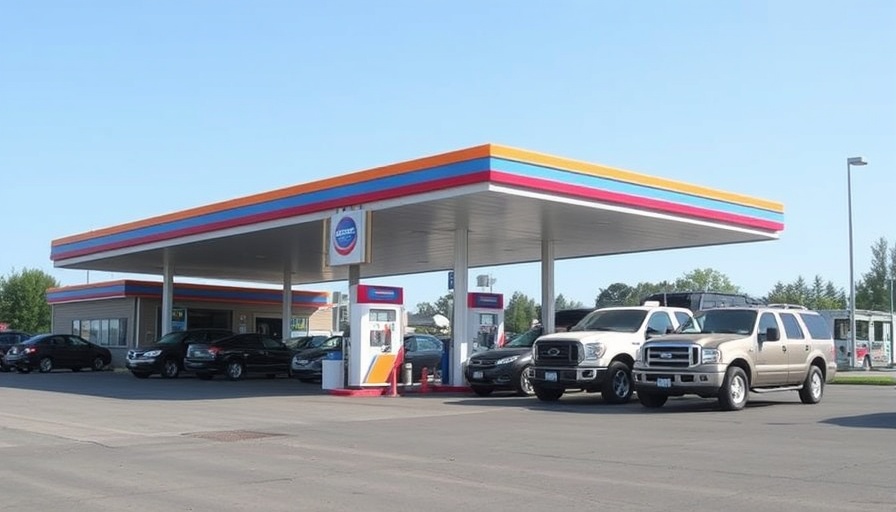
Understanding the Rising Prices at the Pump
West Coast drivers, particularly around the Pacific Northwest, are feeling the squeeze at the gas stations more than anyone else in the country. Recently, Washington and Oregon experienced significant spikes in their gas prices, thanks primarily to a pipeline outage. This region has long had some of the highest gasoline costs, and with prices changing rapidly, many locals are left wondering about the future of fuel costs.
What Caused the Surge in Fuel Prices?
The recent spike in fuel prices in Washington and Oregon can be attributed to a temporary pipeline outage that disrupted the regular flow of fuel. As gas stations began to run low on supply, prices jumped, leaving many drivers frustrated as they filled their tanks with rapidly rising costs. To put this in perspective, Washington briefly had the highest gas prices in the nation before California caught up with its planned increases. This fluctuation is not just a short-term blip; it’s an illustration of how delicate the supply chain for fuel is, especially on the West Coast.
California's Challenge with Fuel Pricing
Meanwhile, California is bracing itself for its own price hikes. Refinery maintenance this fall is expected to disrupt production, leading to higher prices at the pump. This raises the question: what are the long-term implications for drivers and the automotive industry in this state? An increase in gas prices often affects not just individual budgets but also the costs associated with vehicle operation and maintenance.
National Trends: A Broader Perspective
While drivers in the West Coast endure higher prices, the rest of the country sees a contrast with gas prices remaining relatively stable. The national average cost per gallon of regular gasoline has seen only a slight rise of one cent, now resting at $3.20. In contrast, those in the Plains and South regions are still benefiting from much lower prices, highlighting a regional disparity that affects traveling plans for summer road trips.
The Impact on Road Trips and Auto Ownership
For families planning road trips or considering auto ownership, these rising fuel prices present a unique challenge. As gas prices increase, the cost of travel inevitably rises, leading many to rethink their plans. It’s crucial for drivers to explore fuel-efficient vehicles or electric options, which are gaining traction as an alternative to traditional gasoline-powered cars, especially in pricey states like California.
Addressing Future Trends in Automotive Transportation
As the global focus on environmental issues grows, the automotive industry is adapting. More drivers are turning toward electric vehicles (EVs), which tend to shield owners from the volatility of gas prices. Currently, the national average for a kilowatt-hour of electricity at public EV charging stations is steady at 36 cents, presenting an environmentally-friendly alternative that comes with its own set of economic considerations.
Bracing for Change
The never-ending cycle of price changes at the pump prompts a critical examination of auto ownership and energy consumption. With future predictions indicating ongoing fluctuations, it becomes increasingly important for consumers to stay informed and prepared. From understanding how fuel prices can shift weekly to considering the implications of these costs on lifestyle and travel plans, knowledge is essential.
Take Action for Your Automotive Future
In facing rising fuel prices, it's time for drivers to consider their options: whether that means transitioning to a more fuel-efficient vehicle or exploring public transportation alternatives during trips. Making informed decisions today can help you navigate the evolving landscape of automotive travel and potential price increases at the pump.
By diving deeper into how these factors play out within our cars and roads, we can better strategize moving forward in our vehicular adventures.
 Add Row
Add Row  Add
Add 




Write A Comment